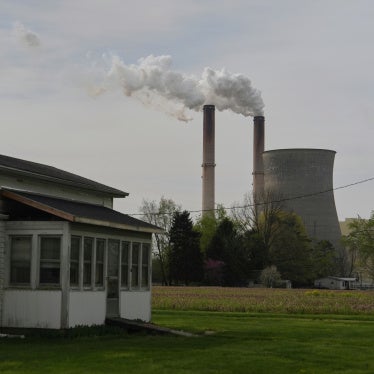(Washington, DC) - New US government figures showing slower growth in the prison population are cause for hope that the United States may be turning away from its longstanding policies of mass incarceration, Human Rights Watch said today.
Statistics released today by the Bureau of Justice Statistics (BJS), a branch of the US Department of Justice, showed that the US prison population grew by 0.8 percent from 2007 to 2008, the slowest annual growth in eight years. Twenty states reported a decline in their prison populations, with New York, Georgia, and Michigan reporting the largest reductions.
"These numbers suggest that the United States may be turning away from the policies that have given it the world's highest incarceration rate," said David Fathi, director of the US Program at Human Rights Watch. "But as the world's leading jailer, the US still has a long way to go."
The BJS statistics show that the United States has more than 2.4 million people behind bars on any given day, and an incarceration rate of 754 per 100,000 residents. This is the highest incarceration rate in the world, and is several times higher than rates in other democracies like England and Wales (154 per 100,000), Canada (116), and Japan (63).
The report also reveals significant racial disparities in US criminal justice policy, with black men incarcerated at a rate six and a half times as high as that of white men.
As the financial crisis has created record budget deficits, many states have amended their sentencing laws to reduce the use of incarceration; others have granted early release to prisoners convicted of minor, nonviolent offenses.
"The United States may finally be learning what other democracies have long known - that incarceration is expensive and socially destructive, and should only be used as a last resort," Fathi said.








